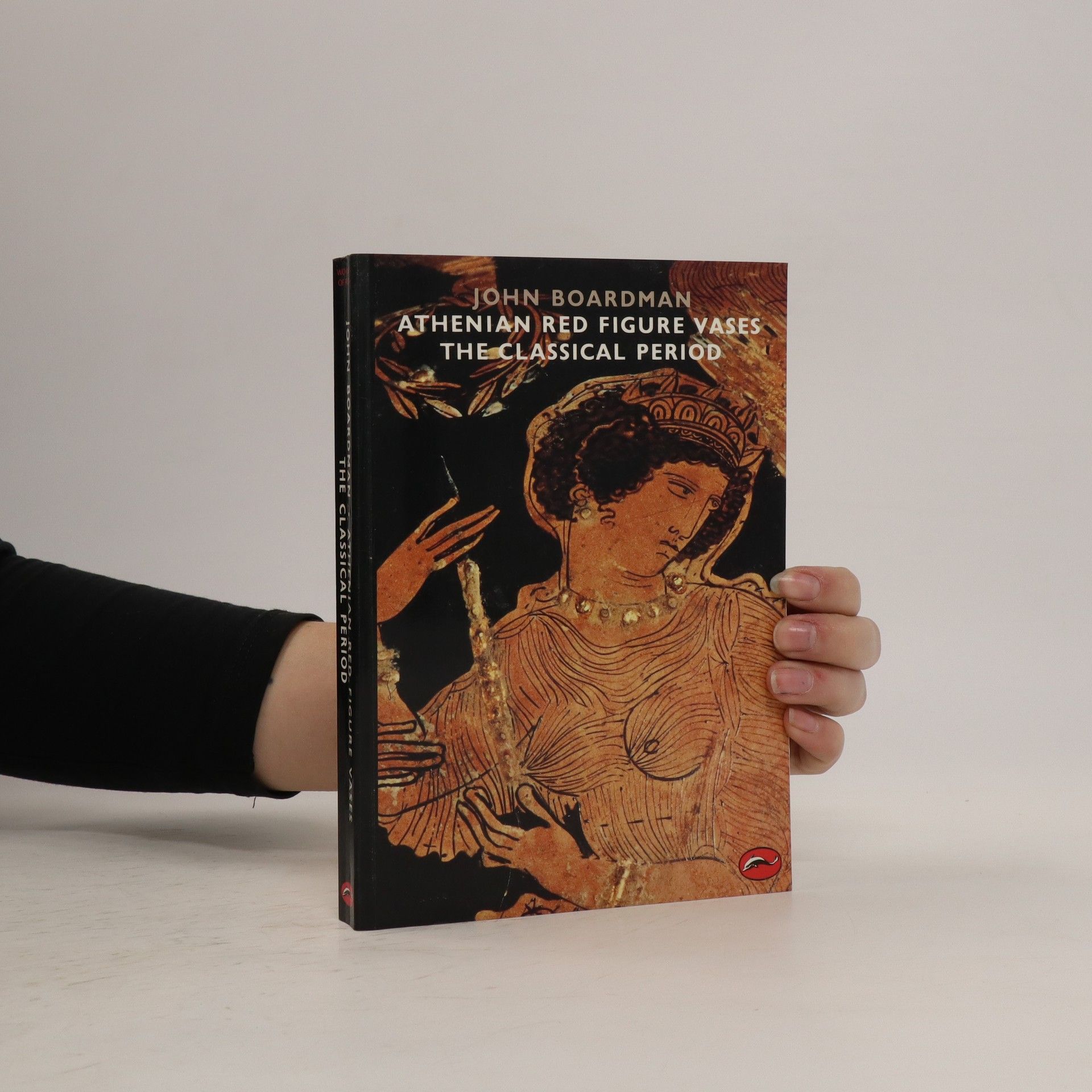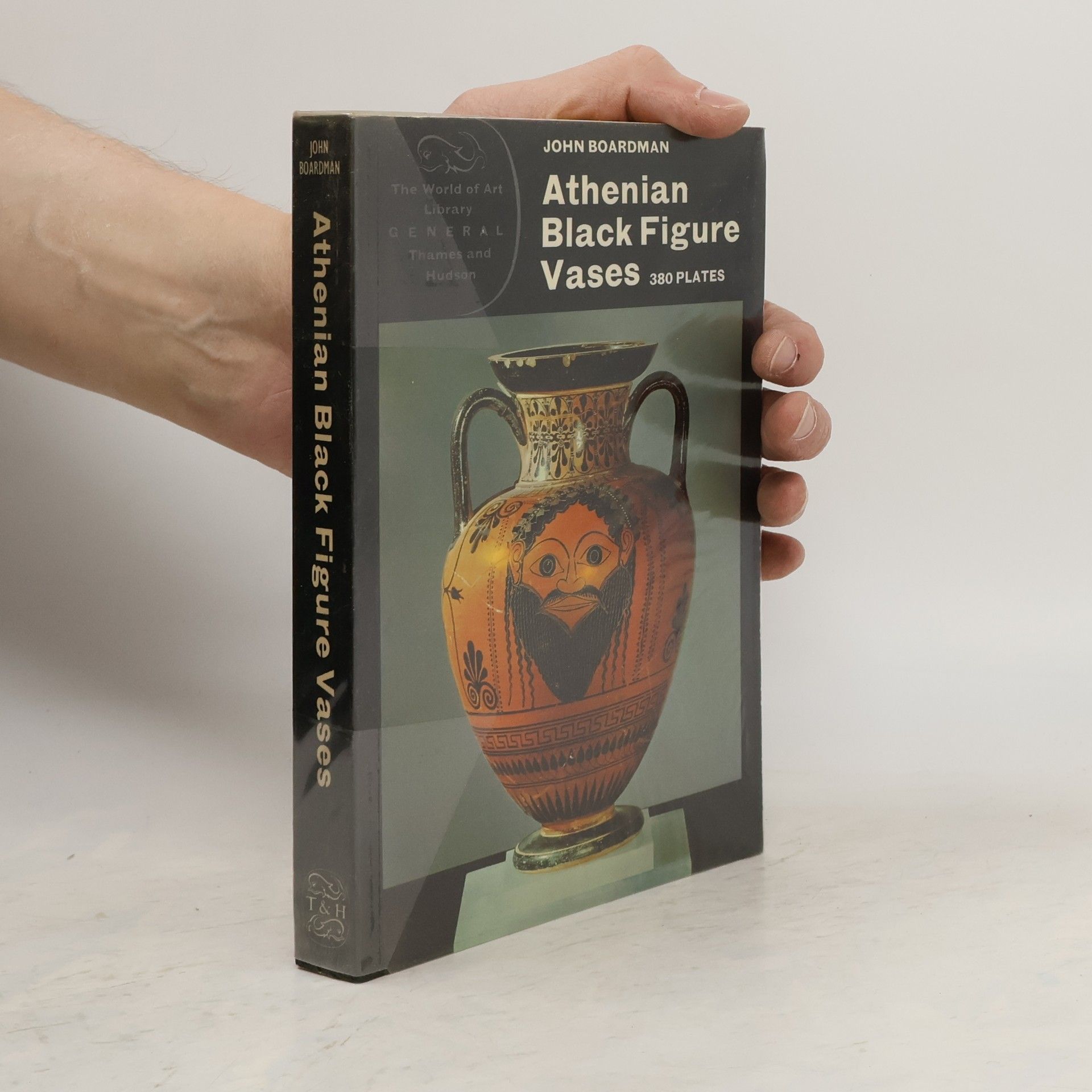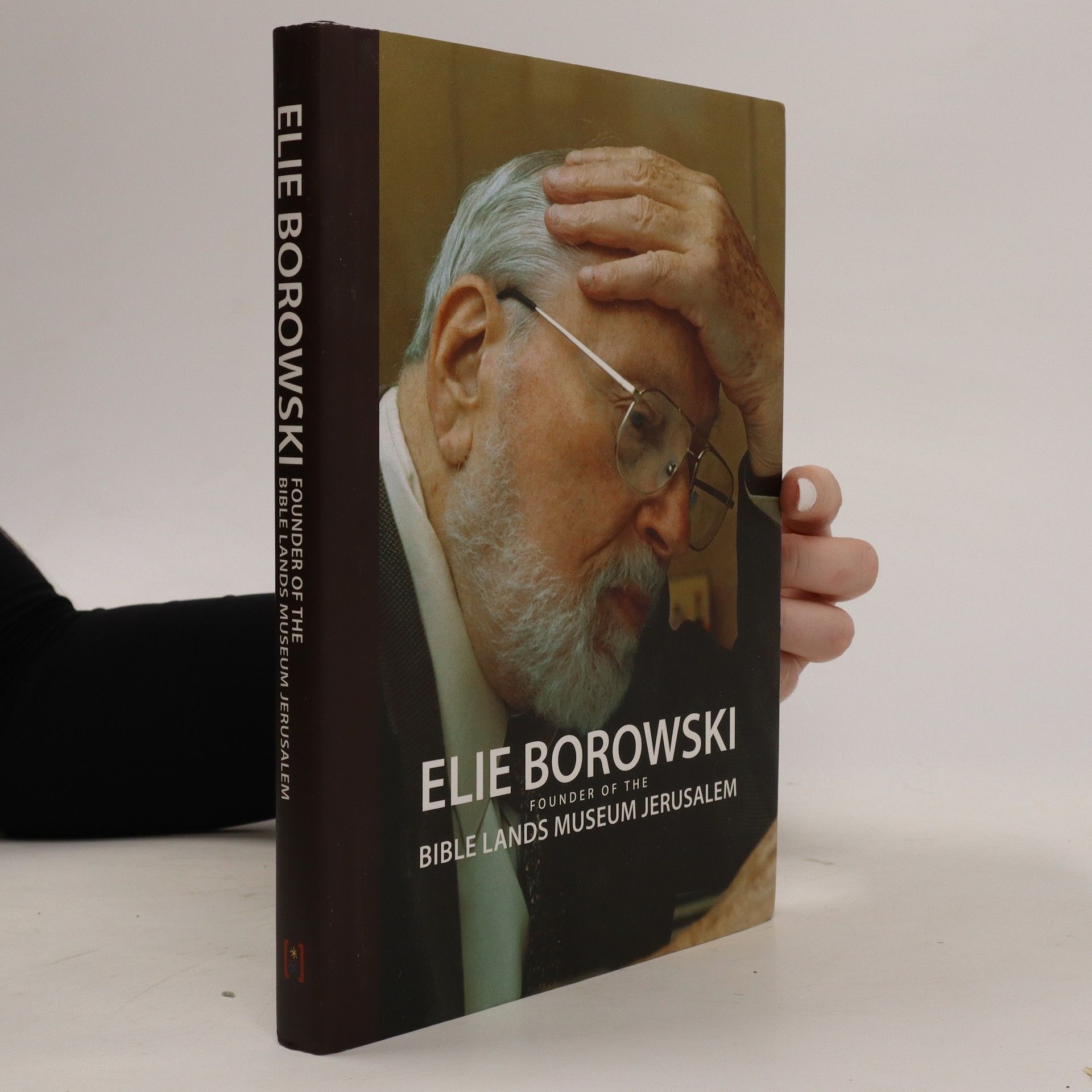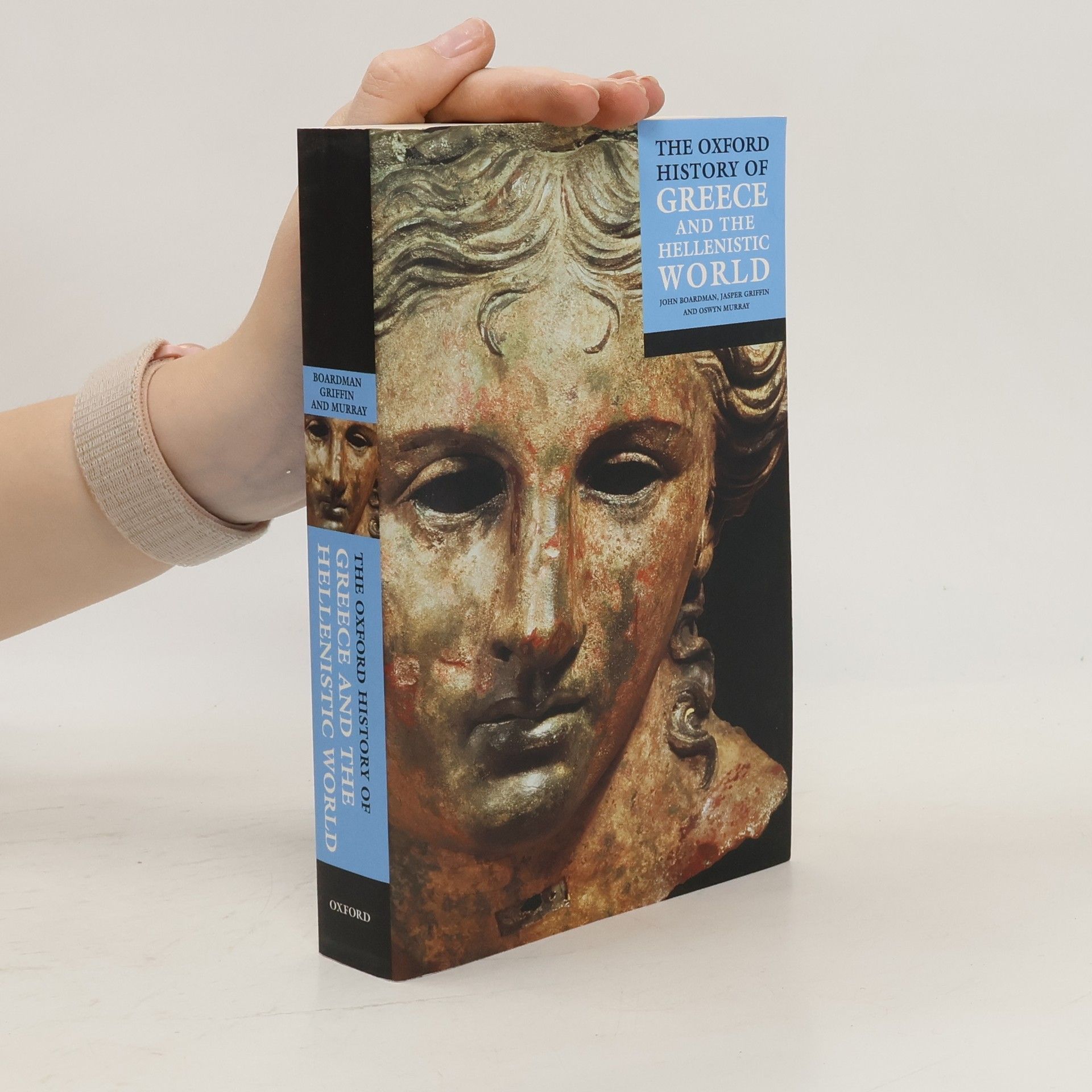Britain's most distinguished historian of ancient Greek art recounts what the Parthenon and its sculptures meant to the citizens of 5th-century BCE Athens.
John Boardman Book order







- 2024
- 2023
The Diffusion of Classical Art in Antiquity
- 352 pages
- 13 hours of reading
The exploration of Greek art as perceived by non-Greek cultures reveals a complex interplay of acceptance and resistance across various regions, from Britain to China, between the eighth century BCE and early CE. John Boardman, a renowned archaeologist, investigates how these images were received, noting their success in places like Italy contrasted with their limited assimilation in regions with strong local traditions. In cultures such as the Buddhist east, Greek art inspired new styles, prompting reflections on the broader implications of image interpretation and cultural exchange.
- 2019
Alexander the Great
- 176 pages
- 7 hours of reading
An illustrious scholar presents an elegant, concise, and generously illustrated exploration of Alexander the Great’s representations in art and literature through the ages John Boardman is one of the world’s leading authorities on ancient Greece, and his acclaimed books command a broad readership. In this book, he looks beyond the life of Alexander the Great in order to examine the astonishing range of Alexanders created by generations of authors, historians, and artists throughout the world—from Scotland to China. Alexander’s defeat of the Persian Empire in 331 BC captured the popular imagination, inspiring an endless series of stories and representations that emerged shortly after his death and continues today. An art historian and archaeologist, Boardman draws on his deep knowledge of Alexander and the ancient world to reflect on the most interesting and emblematic depictions of this towering historical figure. Some of the stories in this book relate to historical events associated with Alexander’s military career and some to the fantasy that has been woven around him, and Boardman relates each with his customary verve and erudition. From Alexander’s biographers in ancient Greece to the illustrated Alexander “Romances” of the Middle Ages to operas, films, and even modern cartoons, this generously illustrated volume takes readers on a fascinating cultural journey as it delivers a perfect pairing of subject and author.
- 2018
Masterpieces in Miniature
- 304 pages
- 11 hours of reading
The creation of miniature intaglios or incised carvings which could be impressed on clay or wax was one of the earliest crafts of civilisation. To this the Greeks added relief cameos, while comparable skills were lavished on the decoration of metal finger rings. These artefacts record subjects of significance for their period and place but are also the direct expression of an artists skills and imagination. Engraved gems were collected first by the ancient Romans and then throughout the Renaissance were a source for knowledge of classical subjects and styles, when they were copied from Michelangelo to Rubens by the foremost artists of the day. The gemstones explored here are from a distinguished collection made in the earlier twentieth century by a notable connoisseur of ancient art. Many originate from named older European collections and were previously unknown to scholars and collectors. The authors have sought to offer a balanced selection of earlier eastern and Greek stones, alongside others from the neo-classical era. The book offers a survey of the finest products of the gems craft over millennia.
- 2015
The Greeks in Asia
- 240 pages
- 9 hours of reading
Recounting the influence of Greek communities and their culture through Central Asia, India and Western China, from the Bronze Age through to the rise of Islam, this book examines a wealth of art and artifacts as well as literary sources to reveal the remarkable influence of Greek culture.
- 2008
The History of Greek Vases
- 320 pages
- 12 hours of reading
Offering a survey of Greek vases, this book sketches their stylistic history. It explores the process of identifying artists; the methods of making and decorating the vases and the problems in doing so; the life of the potter; the pots' dissemination beyond Greece; and their functions in life, cult and as messengers of style and subject.
- 2002
Die Perser und der Westen
- 288 pages
- 11 hours of reading
- 2001
The Oxford History of Greece and the Hellenistic World
- 520 pages
- 19 hours of reading
'From reviews of The Oxford History of the Classical World: the book is truly excellent the standard of the contributions is extraordinarily high ' -Observer' this book has no equal and would be difficult to better ' -Books and Bookmen
- 2001
Greek Gems and Finger Rings: Early Bronze to Late Classical
- 480 pages
- 17 hours of reading
Focusing on the miniaturist art of gem engraving in ancient Greece, this comprehensive account spans from the early Bronze Age to the Hellenistic period. It explores the historical context and artistic connections of engravings, revealing new insights into Greek myth and ichnography. The book details the evolution of studios in the Minoan and Mycenaean eras and categorizes Classical gem engraving by style and school, including a chapter on Greek works in the Persian Empire. Enhanced by enlarged plates, this revised edition serves as a vital reference for scholars and enthusiasts of Greek art.



